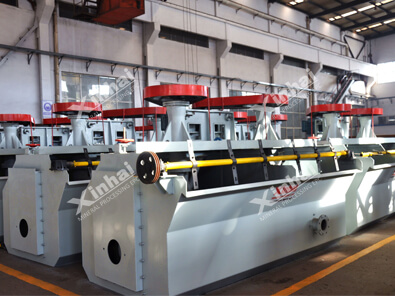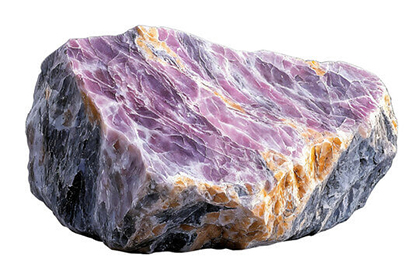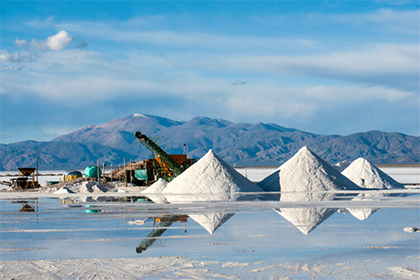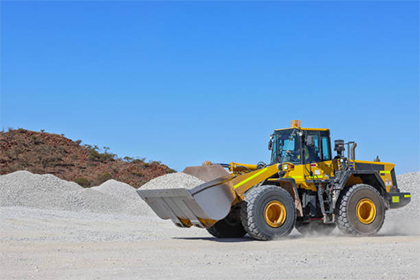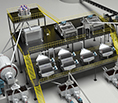What's the Mica Processing Plant Cost?
 Shirley
Shirley
 Aug 31, 2023
Aug 31, 2023
 987
987
If you want to know more details about equipment, solutions, etc, please click the button below for free consultation, or leave your requirements!
Mica, a versatile mineral known for its electrical and thermal insulating properties, has a wide range of applications across various industries. From electronics and automotive to cosmetics and construction, the demand for mica continues to grow. However, the cost associated with establishing and operating a mica processing plant can be a significant consideration for businesses in the industry. Before we have talked about 6 mica extraction methods. This article explores the factors influencing mica processing plant costs and provides insights into optimizing efficiency and sustainability in mica processing operations.
01Capital Investment
BackThe initial capital investment required to set up a mica processing plant can vary depending on several factors. These factors include plant capacity, technology choices, infrastructure development, and location. State-of-the-art processing equipment, such as crushers, grinders, classifiers, and flotation cells, can contribute to higher capital costs. However, investing in advanced technologies can improve productivity, quality, and overall operational efficiency in the long run.

02Operational Costs
BackOperational costs play a crucial role in determining the overall cost of running a mica processing plant. These costs include labor, energy, raw materials, maintenance, and waste management. Implementing efficient process flows and automation can optimize labor requirements and reduce human errors, thereby improving productivity and reducing labor costs.
Energy consumption is another significant operational cost in mica processing. Exploring energy-efficient technologies, such as advanced drying techniques or heat recovery systems, can help lower energy consumption and save costs. Additionally, optimizing material handling processes and reducing waste generation can minimize raw material costs and waste disposal expenses.
03Environmental Compliance
BackDue to increasing environmental awareness and regulatory requirements, mica processing plants need to invest in sustainable practices and comply with environmental standards. Implementing pollution control measures, such as proper dust collection systems, wastewater treatment, and emission controls, can increase initial costs but lead to long-term benefits by avoiding fines, improving public perception, and reducing environmental impact.
04Process Efficiency and Yield
BackEfficiency and yield are critical factors affecting the cost-effectiveness of a mica processing plant. Optimizing the processing workflow, from raw material preparation to final product packaging, can reduce processing time, minimize losses, and increase overall yield. Employing advanced sorting and separation technologies, such as optical sorting or magnetic separation, can enhance the recovery of high-quality mica and minimize waste generation, thereby improving economic viability.
05Quality Control
BackMaintaining consistent product quality is essential for customer satisfaction and market competitiveness. Investing in quality control measures, including laboratory testing equipment, sample analysis, and quality assurance protocols, can increase costs initially. However, it helps prevent product rejections, customer complaints, and reputational damage, ultimately leading to long-term cost savings and improved market positioning.
06Scale and Economy of Production
BackThe scale of production directly impacts the cost structure of a mica processing plant. Large-scale operations can benefit from economies of scale, including bulk purchasing, streamlined logistics, and optimized resource allocation. However, smaller-scale operations can focus on niche markets, customized products, and flexible production, catering to specific customer demands. Finding the right balance between scale and flexibility is crucial in optimizing costs and maintaining competitiveness.
07Conclusion
BackEstablishing and operating a mica processing plant involves various cost considerations. While initial capital investment, operational costs, and environmental compliance can pose challenges, optimizing efficiency and sustainability can lead to long-term cost savings and improved profitability. Investing in advanced technologies, process optimization, energy efficiency, and quality control measures can enhance productivity, reduce waste, and ensure consistent product quality. Furthermore, considering the scale of production and exploring economies of scale or niche market opportunities can influence the overall cost structure of a mica processing plant. By strategically addressing these factors, businesses can achieve cost-effective mica processing operations while meeting market demands and environmental responsibilities.
 +86 18716000713
+86 18716000713 xlyin@xinhaimining.net
xlyin@xinhaimining.net



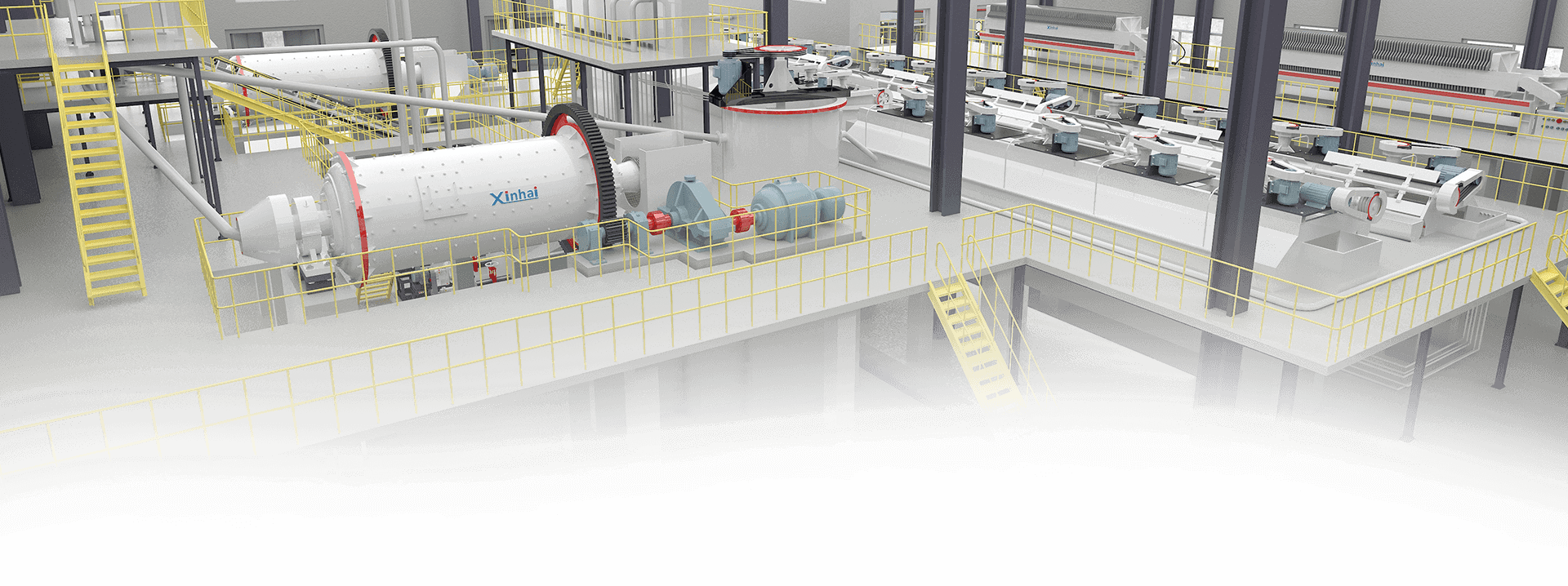
 Message
Message Chat Now
Chat Now


